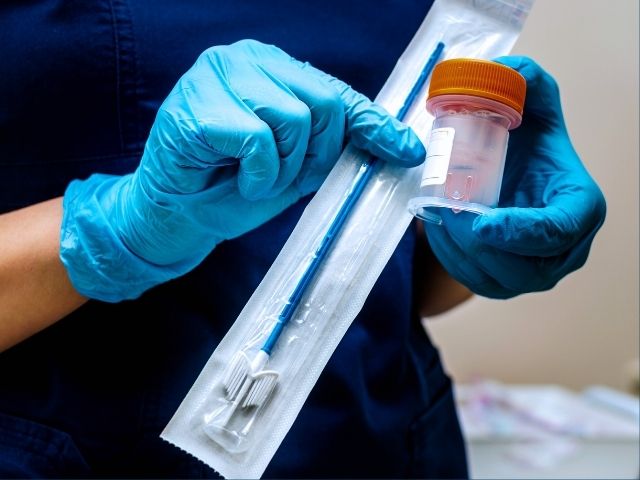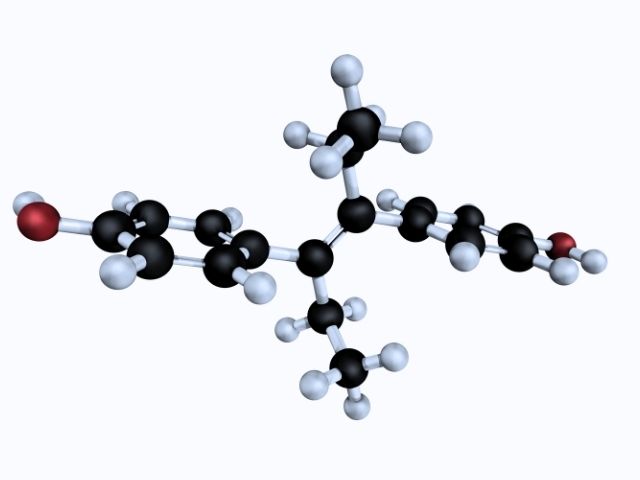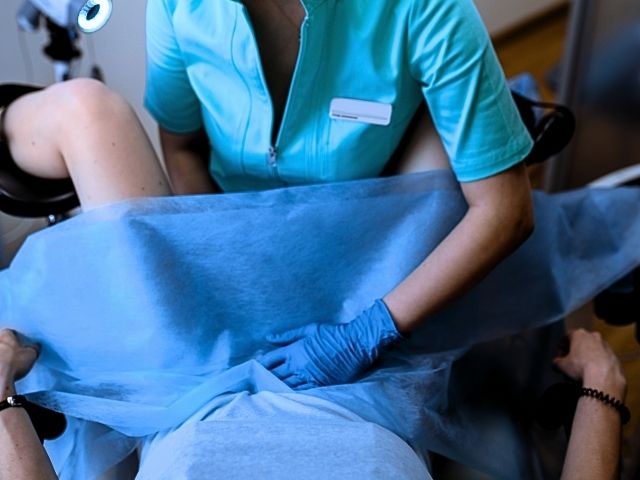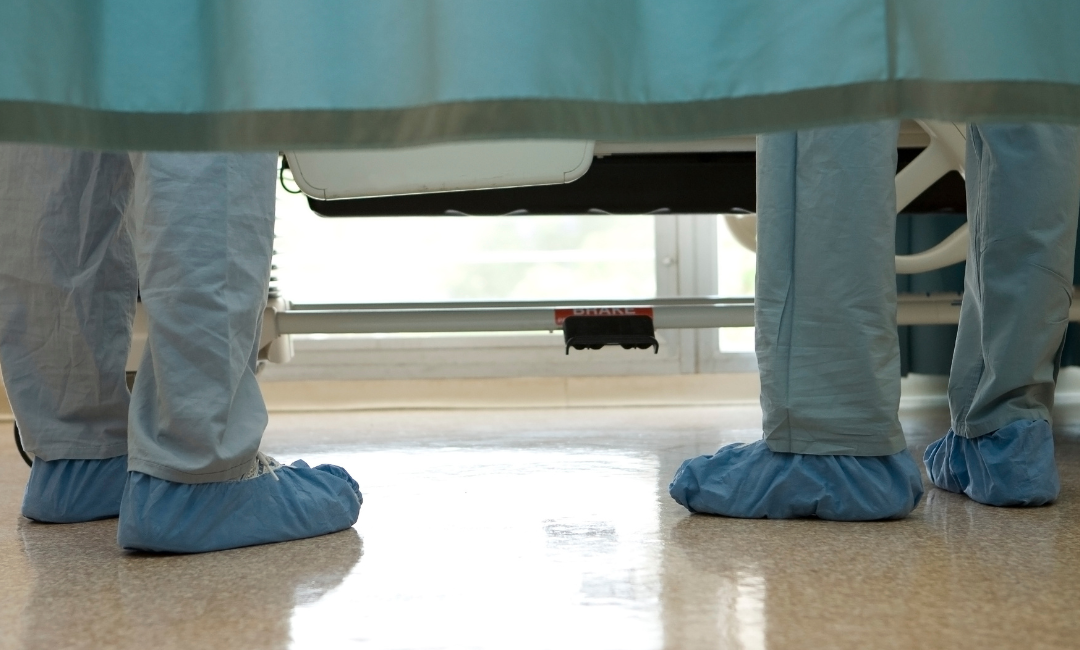My Story with Diethylstilbesterol
Both my younger sister and I are considered DES daughters.
I was born in 1954 and my sister in 1957. Both times, my mother was headed for a miscarriage and was prescribed DES by her obstetrician. I still believe, even today, that my birth defect, which is called a “double or bilateral choanal atresia, was absolutely attributed to the DES my mother was given.
A choanal atresia is defined as a congenital developmental narrowing opening of the nasal cavity that causes the child to have difficulty breathing. It is a rare condition that occurs in an estimated, 7 in 1000 live births and is seen more often in females than males.
A bilateral choanal atresia is a life-threatening condition that appears immediately after the birth of the child, whereas the child cannot breathe through the nose at all. Mouth breathing is the only passage for respirations, which causes a life-and-death situation.
It is believed that the tissue that should separate the nose and mouth area during fetal development remains present after birth. It causes an inability to pass a small suction catheter into the nasopharynx as well as feeding difficulties.
I underwent surgery at age 13 for repair of the bilateral choanal atresia at NYU Hospital with 2 ENT surgeons present. Up until that point, I never possessed a sense of smell, never smelled a flower, certain foods, or even fresh air.
I am told I am written up in the Journal of American Medicine Association, detailing the history of my diagnosis. I was also diagnosed in 2011, with a benign meningioma on the left side of my brain, which was discovered quite by accident, and caused a seizure while I was on vacation.
Both my sister and I had a gynecological exam while in our late twenties called a colposcopy. A colposcopy is a relatively painless diagnostic procedure similar to a pap smear, which is used to visually examine both the vaginal wall and the cervix using a tool called a colposcope.
The main objective of a colposcopy is to prevent cervical cancer by detecting and treating precancerous lesions and abnormal tissue growth early that may be caused by the DES administration while in utero. If any abnormalities are noted, tissue samples or biopsies are then taken and tested for cancerous or pre-cancerous cells.
Colposcopies are performed if the DES daughter has had abnormal pap smear results, abnormal results during a pelvic exam, or positive HPV test.
Results can range from normal, mild, or severe. I was lucky that I had normal results. My sister’s results were classified as severe, she had a positive pap smear as well as endometrial polyps, fibroids, ovarian cysts, and possible increased breast abnormality issues. She now continues to have gynecological exams twice a year.
As for me, my first pregnancy ended in a miscarriage. I do believe these incidents were also caused by the administration of DES in utero.









